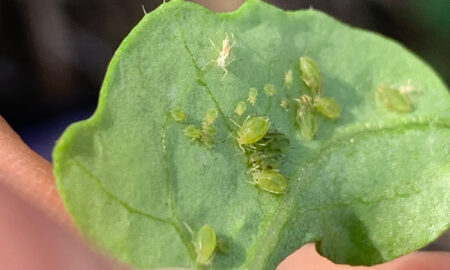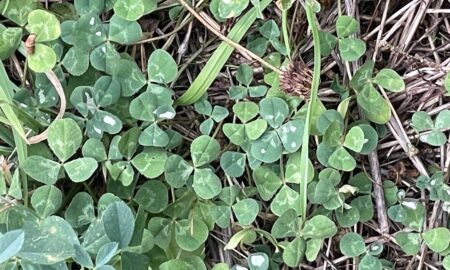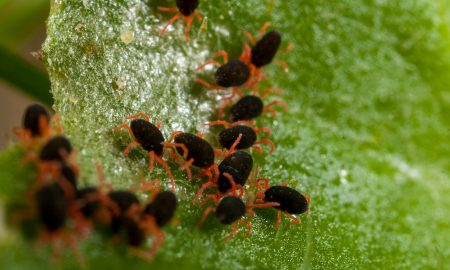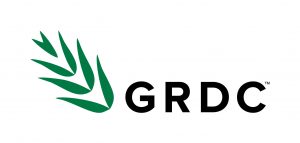A report of slater damage to crops at Swan Hill makes this the most westerly report of slaters received in the Victorian Mallee.
Where have they been reported?
Slaters have been observed in reasonable densities feeding on canola seedlings in the Swan Hill area of the Victorian Mallee. Mostly juvenile slaters were attacking cotyledons and the first and second true leaves, removing chunks of leaf tissue.
Overall, the pest damage was not great, but it was exacerbated due to the plants being under moisture stress; control was partially implemented.
The crop had been planted into pea stubble, which is typically less dense than cereal stubble, so it is surprising that slaters were found in such high numbers.
An unusual report
Anecdotally, there appears to be a strong correlation between slaters and minimum tillage and stubble retention.
Heavy stubble provides a cool, moist refuge that enhances survival and population development.
Slaters are also more commonly found in crumbly clay soil surfaces and cracking clays, which seem to favour their survival.
Slaters require relatively moist conditions and will die if exposed to open and dry situations for extended periods.
However, the occurrence of slaters in this Mallee crop, in a relatively moisture stressed environment, suggests that these generalisations may be breaking down. It is also the most westerly point in the Mallee that slaters have been reported to PestFacts.
The species of this slater is unclear at this time.
About slaters
Slaters are omnivores or scavengers and feed upon decaying vegetable matter and associated fungi and also on animal matter. They form an important link in the food chain by recycling dead and decaying matter.
However, slaters can cause significant feeding damage, (particularly on canola seedlings but also on wheat, oats, lentils and pastures), leading to seedling mortality and stunted plant growth.
For detailed information about these pests, and for advice on preventative management strategies,go to Slaters within the new PestNote series.
Acknowledgements
Sources of field reports of slaters
Luke Maher – Agronomist, AGRIvision Consultants (Victorian Mallee)
Cover image: Photo by Josh Douglas





